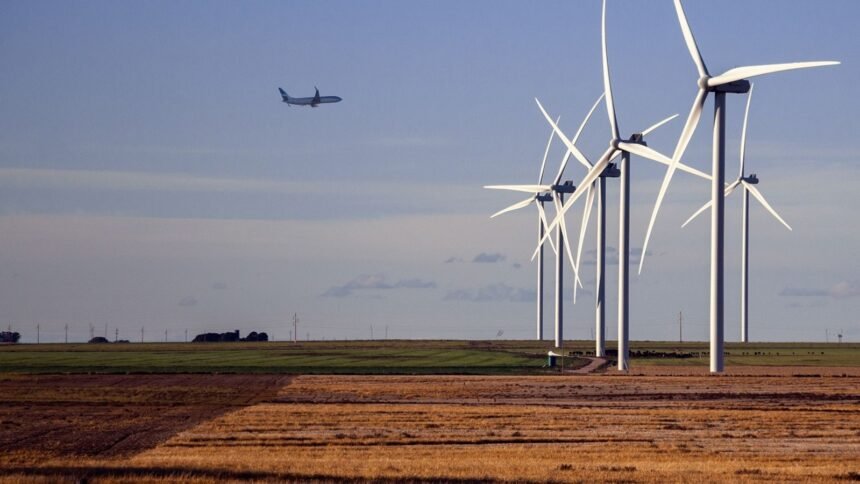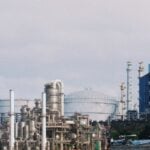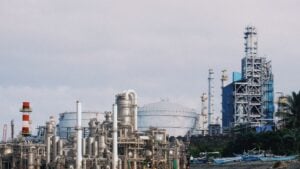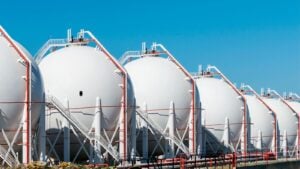The contractor in Toronto said that as of June 30, they had a record backlog of $10.7 billion, which was a big jump from the same time last year.
They also said that only three legacy fixed price projects are still going on and are expected to be mostly finished by the end of 2025.
Aecon’s revenue for the second quarter rose to about $1.30 billion. However, the company still lost $7.6 million, which was a small loss for shareholders.
This was a big improvement from last year, when losses from fixed-price projects were smaller.
Management said that operating profit went up because gross profit went up in nuclear and utilities and losses on old jobs went down a lot.
The mix of backlogged projects is still leaning toward long-cycle energy and transportation programs. An Aecon-led partnership started work on Ontario Power Generation’s Darlington New Nuclear Project this quarter. This added about $1.3 billion to the Construction segment backlog.
The Aecon consortium reached a commercial close on the Scarborough Subway Extension’s stations, rail, and systems package. This marked the start of the target price implementation phase.
These wins together give people more experience with collaborative delivery models, which can lower the risk of pricing compared to hard-bid fixed-price contracts.
Rail and transit are still in the news as Canadian National plans to spend C$3.4 billion to increase rail capacity.
Spending on the energy transition includes everything from upgrading the grid to building a new mega battery plant.
Aecon said that the legacy projects are still risky until the work is done and the claims are settled.
However, the company expects that the projects will be done by the end of 2025, which will improve profitability and margin predictability.
This advice is important for investors who have already lowered the value of the stock because of cost overruns and schedule delays on older lump-sum jobs.
The earnings profile should become less volatile as the mix shifts toward nuclear, utilities, and more modern design-build or alliance models.
The press release says that the company had more than $460 million in cash and cash equivalents at the end of the quarter.
The board approved a quarterly dividend of 19 cents per share, which will be paid on October 2. This keeps the capital return steady but cautious, with a focus on disciplined investments in equipment, selective acquisitions, and bids.




















